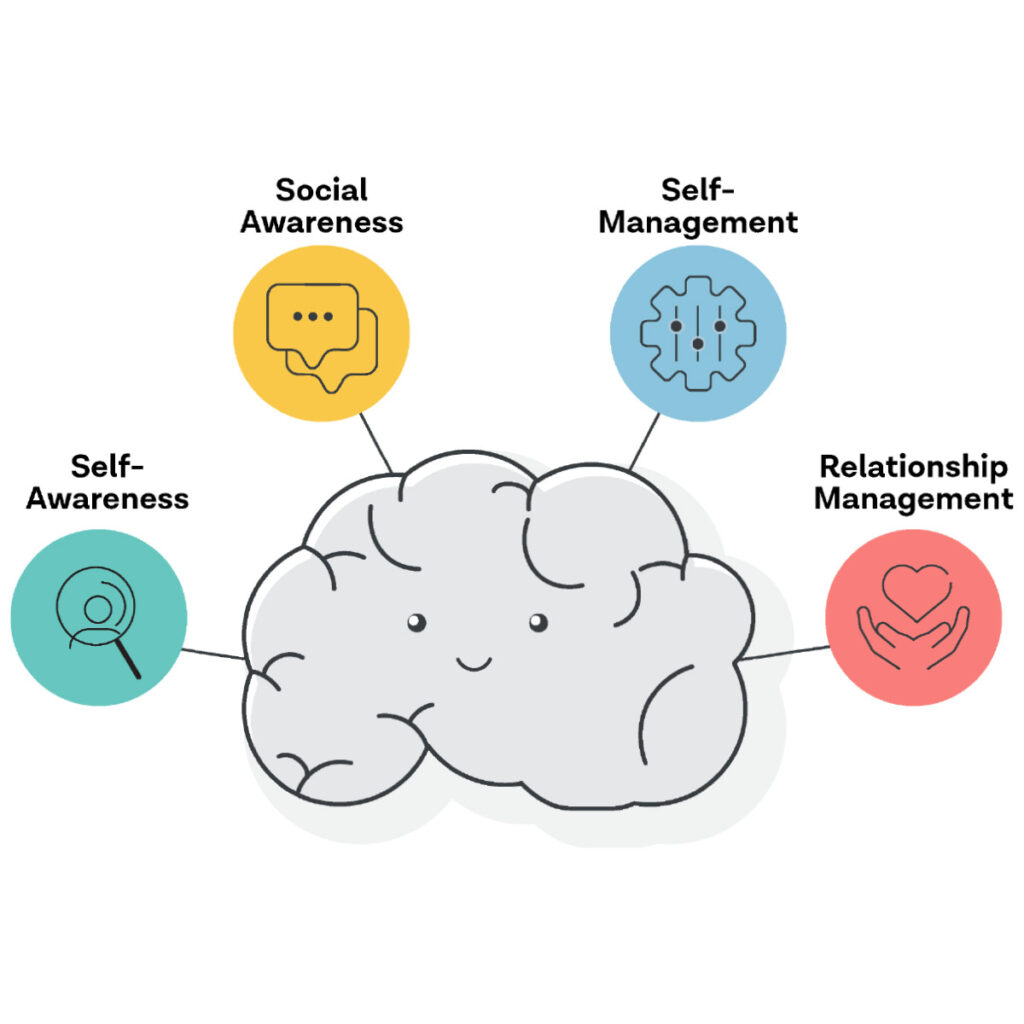An extension of the central nervous system (CNS), the spinal cord is a vital part of the human body and its workings, transmitting messages between the brain and the body. It is protected by the bony vertebral column as it runs down through the cervical, thoracic, and lumbar regions of the spine. The vertebral column itself extends further into fused vertebrae (bones) in the sacrum (pelvis) and coccyx (tailbone).
By Maria Oldham
The Spine’s Function
Along with the peripheral nervous system (PNS), made up of nerves branching off from the spinal cord, the CNS controls three main things: motor functions, which are voluntary muscle movements; sensory functions, which monitor touch, pain, temperature and pressure; and autonomic functions, which regulate urination, digestion, body temperature, heart rate, and blood pressure. Essentially, it controls our body’s processes, so any injury or damage to the spine can potentially affect the entire body.
Injuries vs. Disorders
While both spinal injuries and disorders can have some of the same effects on the vertebral column and spinal cord, they differ in their origin. A spinal injury is caused by some sort of trauma to the spine. A spinal disorder may be the result of constant stress on the spine, infection, tumors, congenital conditions, aging bones, or repetitive or high impact trauma or injuries. Both injuries and disorders can cause a number of health issues, including nerve pain, degeneration, paralysis, and loss of brain or body functions.
Healthy Habits
While spinal cord injuries and disorders often cannot be prevented, there are steps you can take to help keep your spine as healthy and safe as possible.
Drive safely to avoid accidents.
Wear proper sports gear to help prevent injuries.
Maintain a healthy weight to keep unnecessary pressure off the spine.
Exercise regularly to keep muscles and joints in good shape.
Practice good posture to keep the body aligned.
Stretch every day to keep the spine flexible.
Lift heavy objects with your legs, not your back.
Avoid sleeping on your back to keep as much as 50 lbs. of pressure off your spine.
Eat lean proteins, vegetables, and fruits to help build strong core muscles.
If you are experiencing back or neck pain, it’s important to see a doctor and find out if your symptoms could be the result of a spinal disorder or injury. Here are some questions to ask your physician:
Are there any exercises I can do to alleviate the pain?
Could my work environment be affecting my back health?
What might worsen my back pain?
Could these symptoms be a sign of something more serious?
Is medication necessary?
What kind of tests, if any, will I need to undergo?
Did you know?
The vertebral column (in a typical adult) contains 33 vertebrae:
7 in the cervical region
12 in the thoracic region
5 in the lumbar region
5 fused vertebrae comprising the sacrum
4 fused vertebrae comprising the coccyx (tailbone)
Source: American Association of Neurological Surgeons




